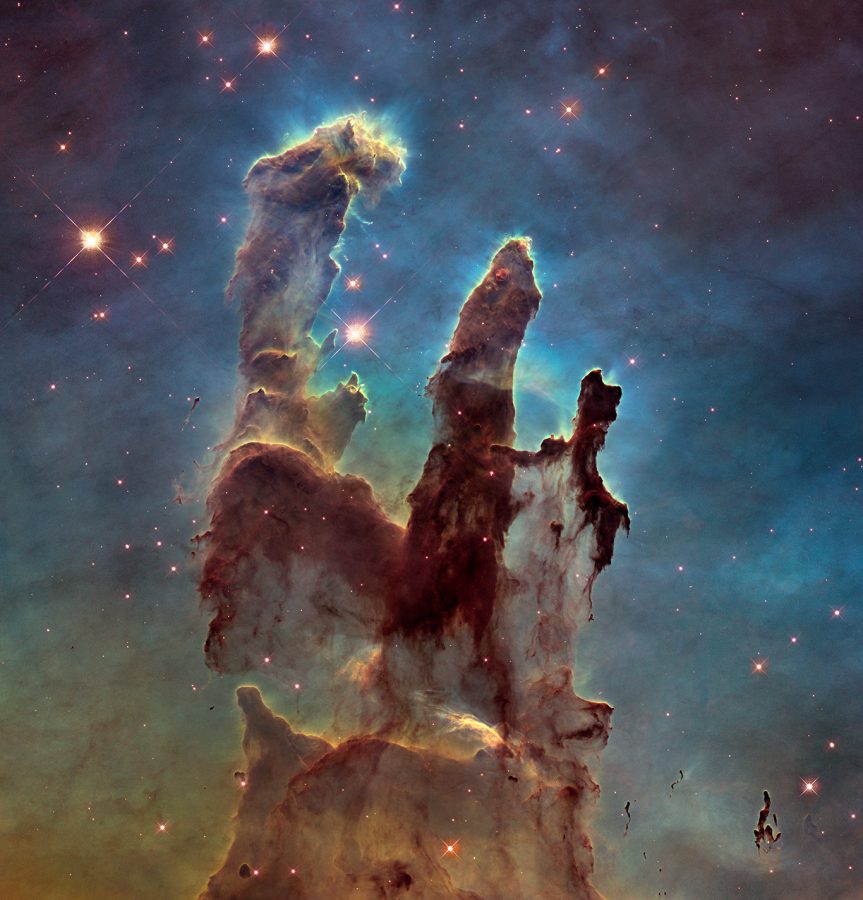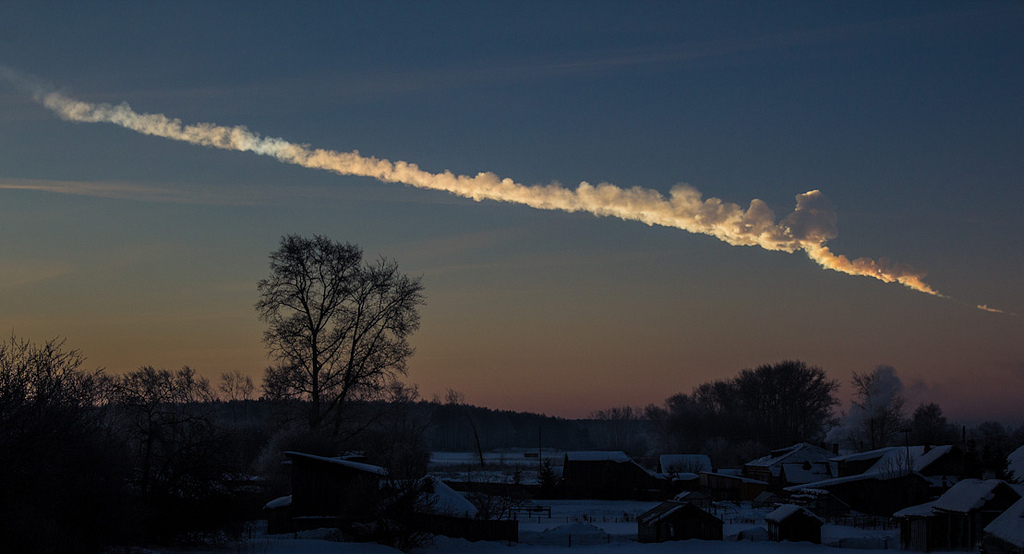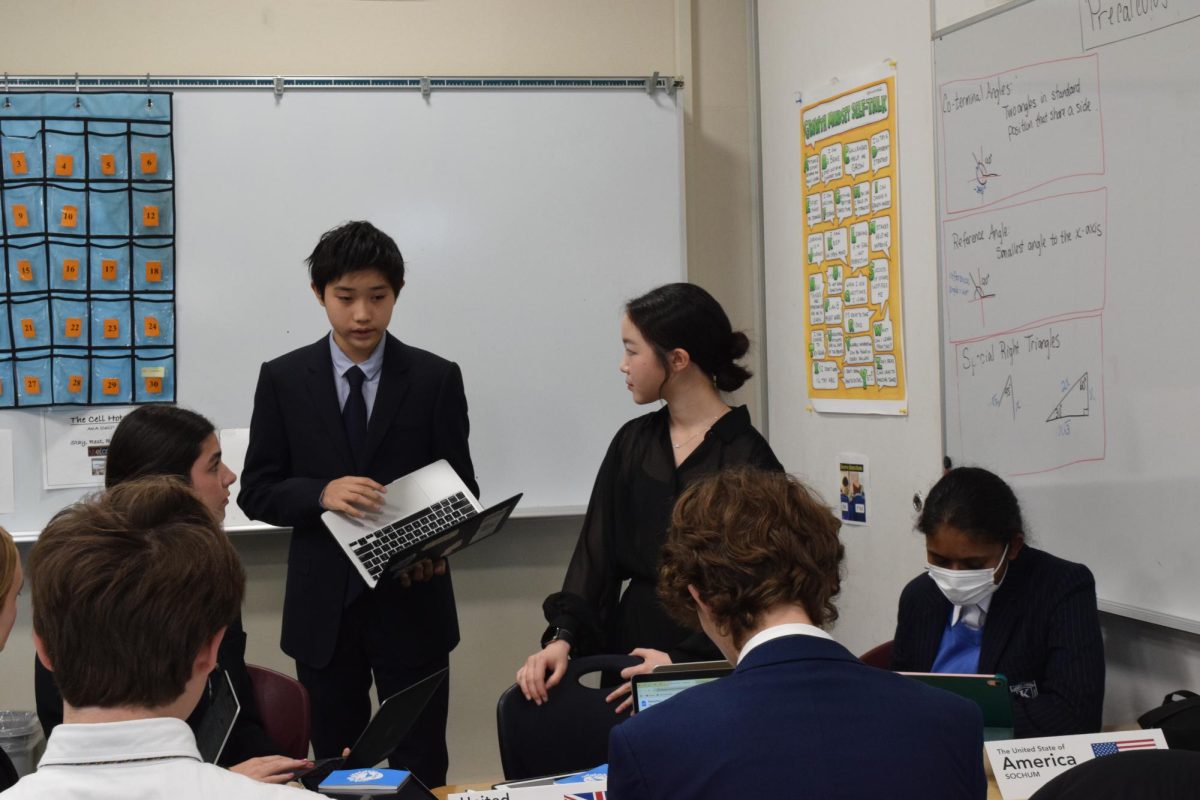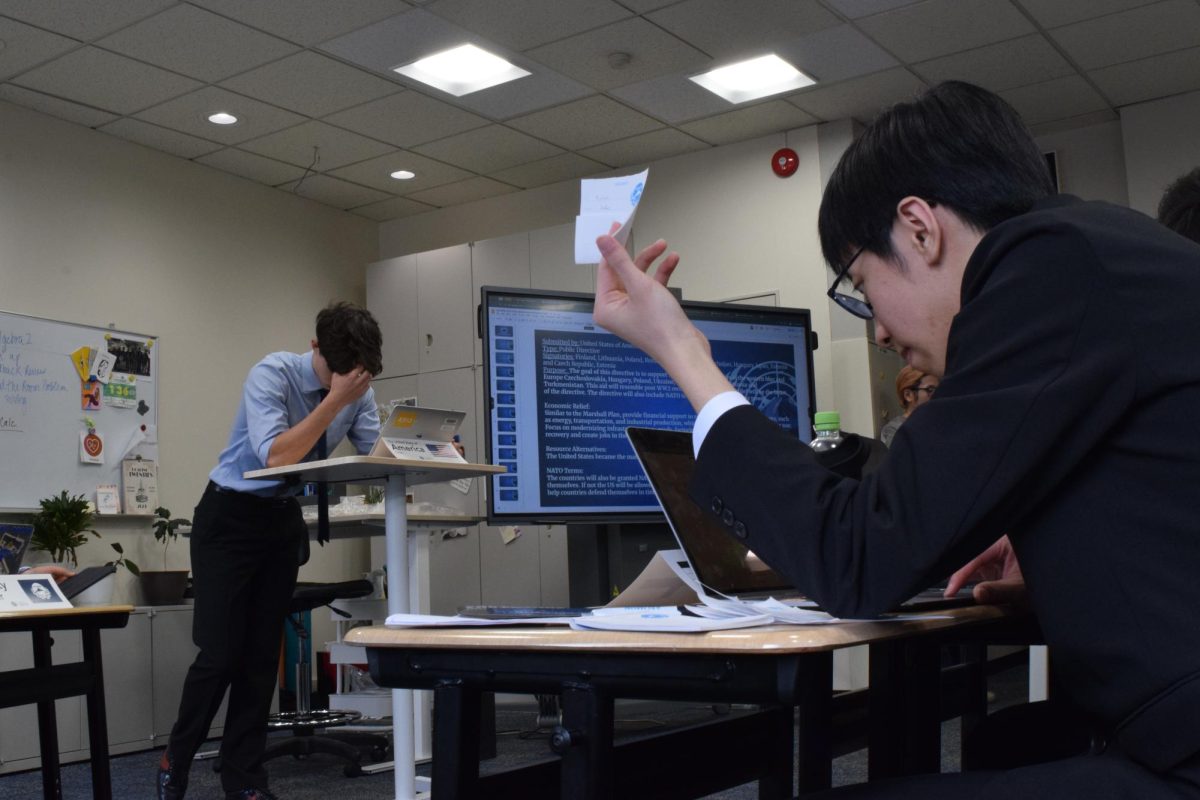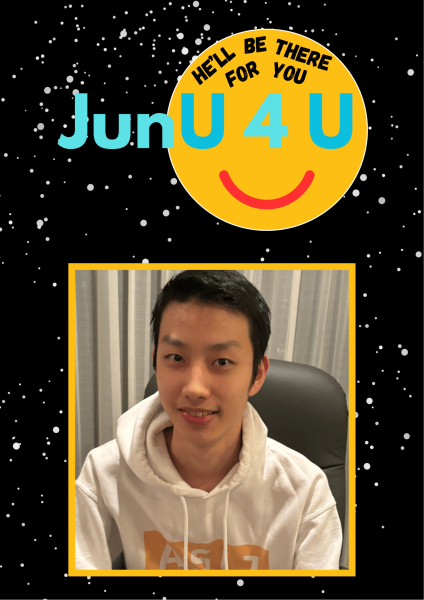Astronomy Into the Past
June 8, 2022
Many of you may recognize this revolutionary image taken by the Hubble telescope in 1995. Titled the “Pillars of Creation,” it became Hubble’s most famous image and a testament to scientific advancement. The Hubble space telescope has given the world a glimpse into the universe.
But now it has a successor: the James Webb Space Telescope. This telescope will be able to see light from much farther away—and by extension, will be able to look back in time. In fact, it will be able to look so far back that it will be able to see a time right after the Big Bang.
What makes this possible? It comes down to the speed of light.
Light travels at about 3×10^8 meters per second, the fastest any object can travel. The distance light travels in one year is referred to as a light-year. One might think that this is an astronomical distance, but compared to the universe, measured at about 93.016 billion light-years wide, it is minuscule. So even at the fastest velocity possible, it still takes light billions of years to travel across the universe.
Because of this phenomenon, it is possible to see a light that originated a very long time ago—exactly how long ago is determined by how far the light had to travel to reach Earth. In fact, many of the stars we see in the sky today are already dead, only the light they emitted in the past is reaching us. Scientists use this principle to observe light from the beginning of time to create theories of how the universe came to be.
Thus far, Hubble has been humanity’s most potent telescope for peering into the cosmos. But it has its limits: Hubble captures only visible light.
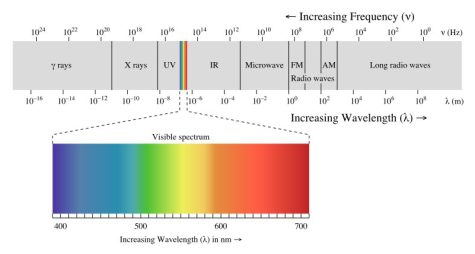
Visible light comprises only a tiny fraction of the total electromagnetic spectrum; in other words, it is only one type of light. Humans can only see light in the visible light spectrum. Light also exists at much shorter wavelengths (gamma, x-rays, ultraviolet) and much longer wavelengths (infrared, micro, radio). Many celestial bodies emit these types of lights, either on top of or entirely without visible light.
To counter this lack of visibility, the James Webb telescope will concern itself with infrared radiation, also known as heat.
Light at the infrared wavelength can pass through dust in space unobstructed, something visible light cannot do. Nebulas, dust clouds, and other obstacles obstruct significant parts of the universe from being exposed by Hubble since light from galaxies behind them cannot penetrate through. By viewing an unblockable wavelength, the James Webb telescope will be able to see more of the universe than ever before.
Additionally, seeing infrared will help account for the redshift effect (the stretching of light). The universe is constantly expanding. As light travels, the distance it travels actually becomes larger; this causes the wavelength of light to increase, lowering the frequency of the radiation. As a result, light that began as purple might look red, if seen by a person a million light-years away. The light traveling from the beginning of the universe has traveled the greatest distance of all, having been redshifted all the way to infrared radiation. This is precisely why the James Webb telescope was designed to focus on that wavelength.
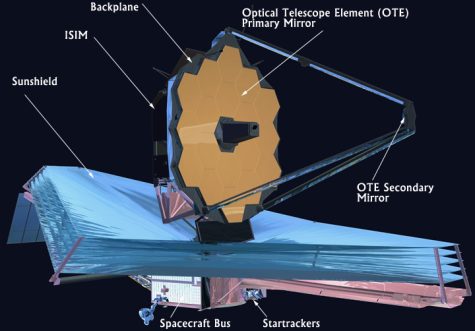
Since infrared radiation carries heat, heat from an unwanted source—namely, the sun—could wash out the telescope. To prevent this, the James Webb has an expansive sun shield to protect its instruments from the heat, allowing the cameras to operate at near absolute zero temperatures (the theoretical minimum temperature).
This sun shield is made up of multiple layers, each slowly lowering the temperature and dispersing heat out the sides until the desired temperature is reached. This is most important for the NIRCam, the primary camera.
The James Webb telescope has five cameras working in conjunction to produce the best-possible images and collect the best-possible data. Even with these advanced cameras, though, the light the telescope tries to capture comes from so far away (and is therefore so dispersed) that the light needs to be refocused into the camera. This is done in part by the OTE mirror [shown in gold in the diagram], which reflects light directly into the camera.
In the past month, the James Webb Space Telescope has achieved alignment and is now fully operational. The first images from the telescope are groundbreakingly clear, showing clear progress from earlier telescopes.

With the increased precision, the potential of new discoveries dramatically rises, discoveries from the origins of the Big Bang to white holes. This latest NASA telescope will be making scientific history.
Further information about the James Webb Telescope:
The Insane Engineering of James Webb Telescope

